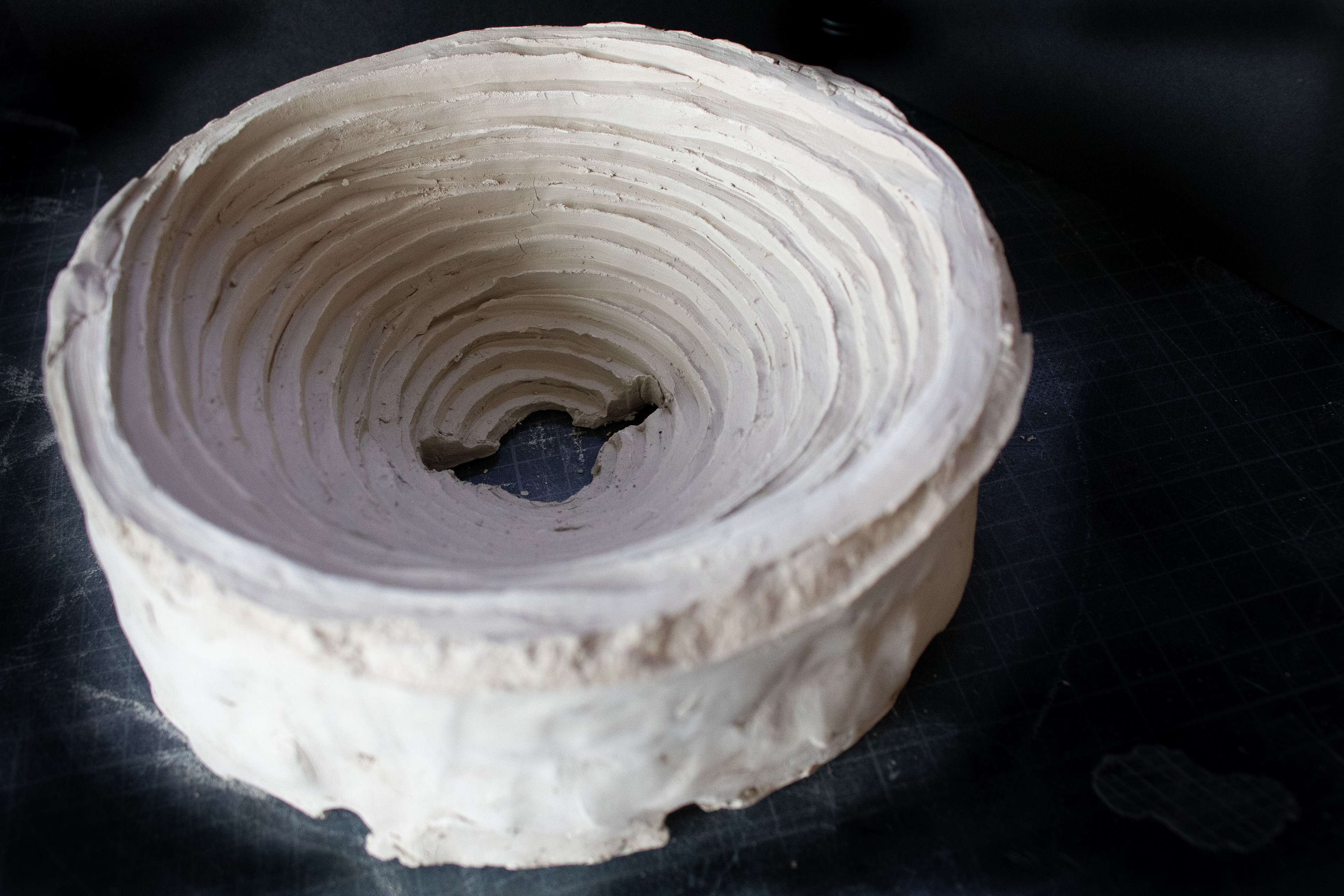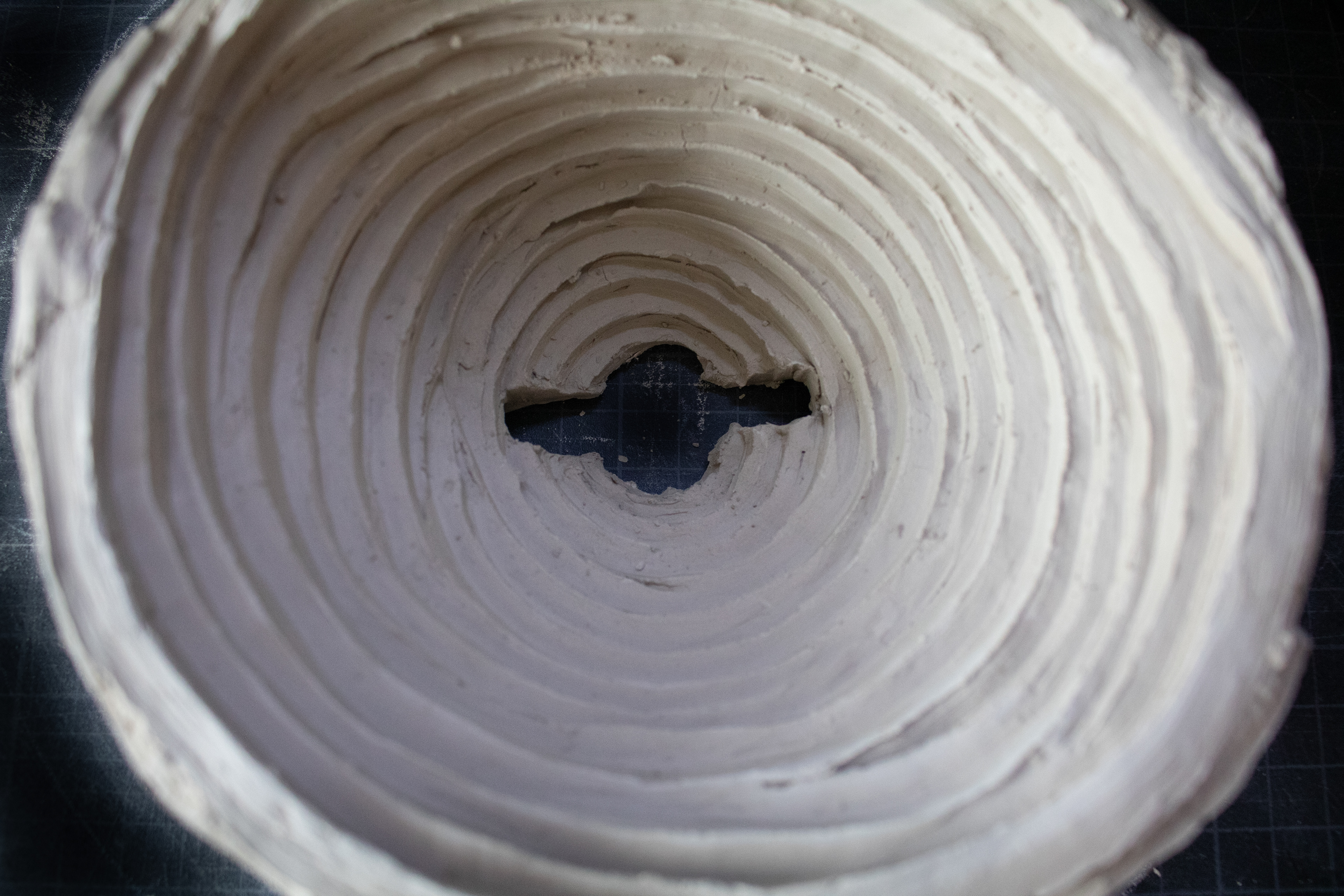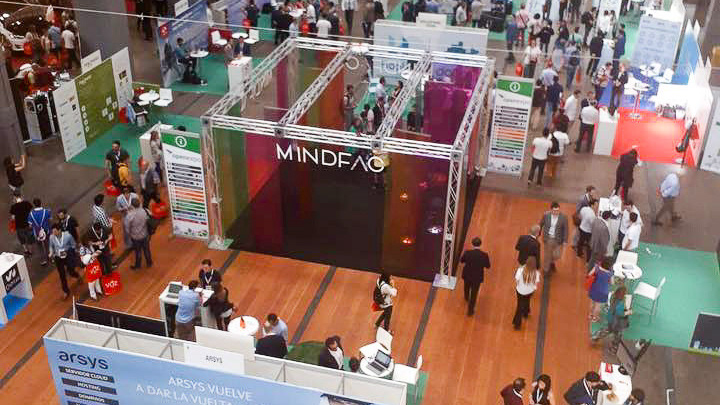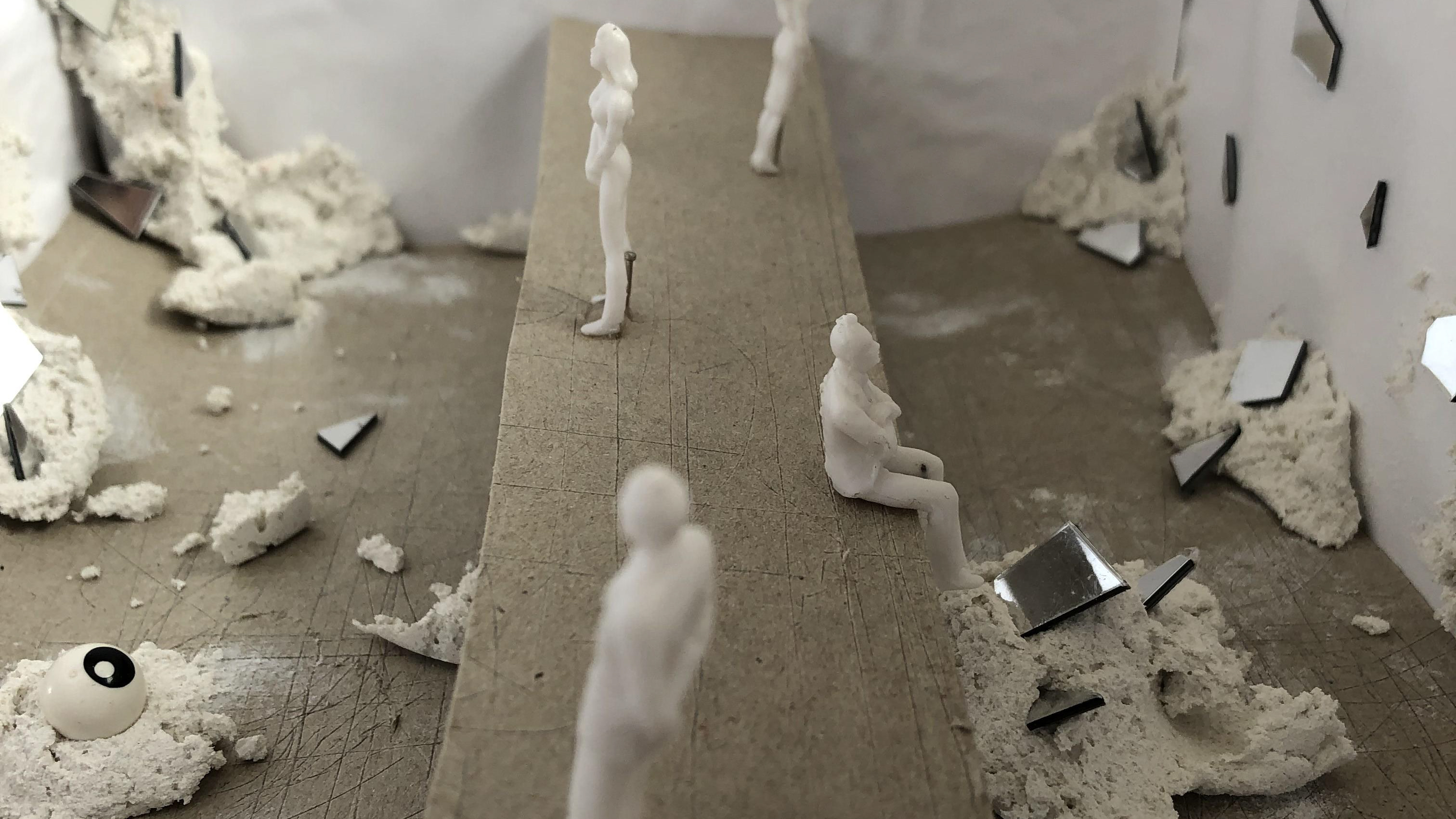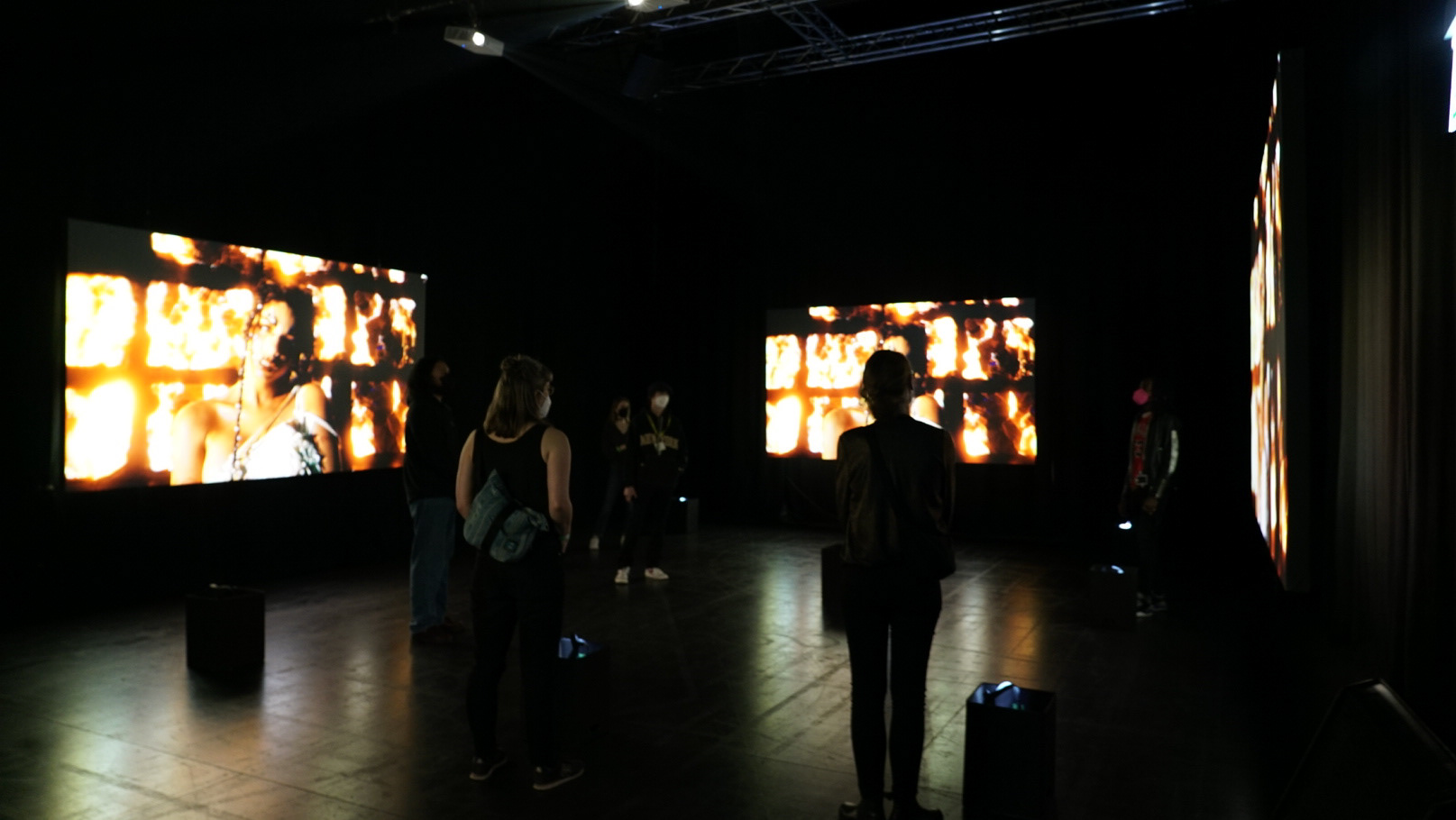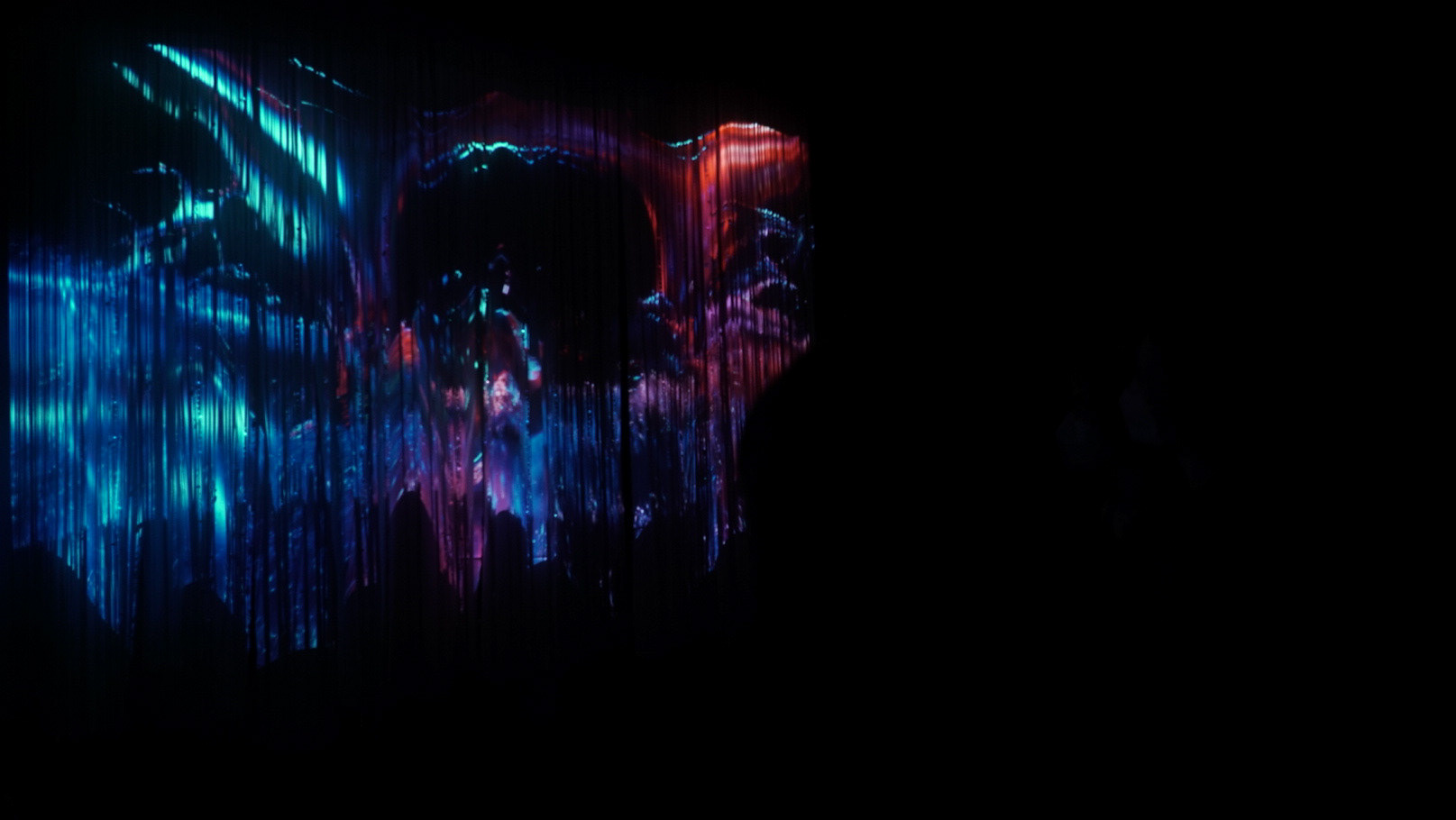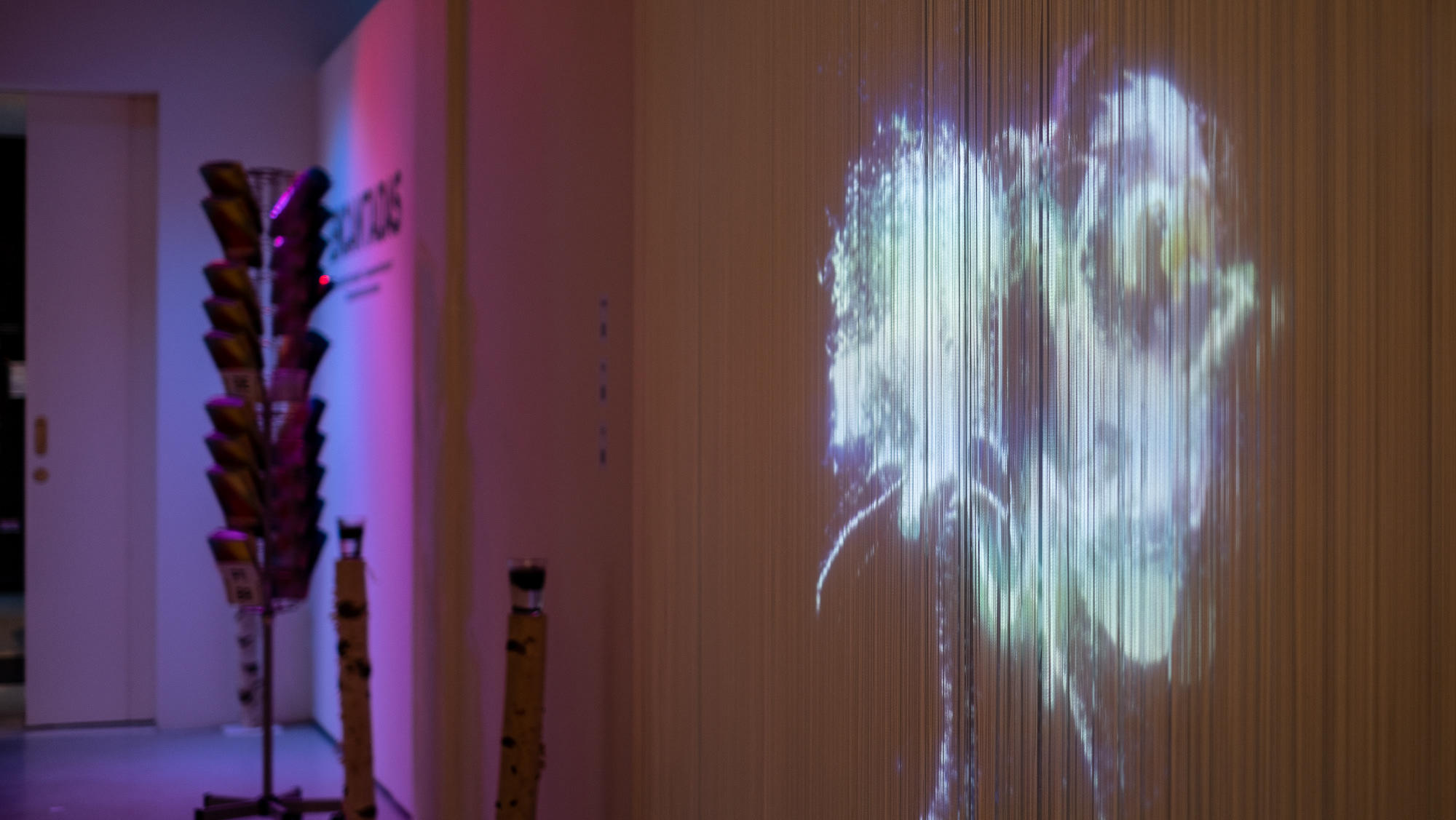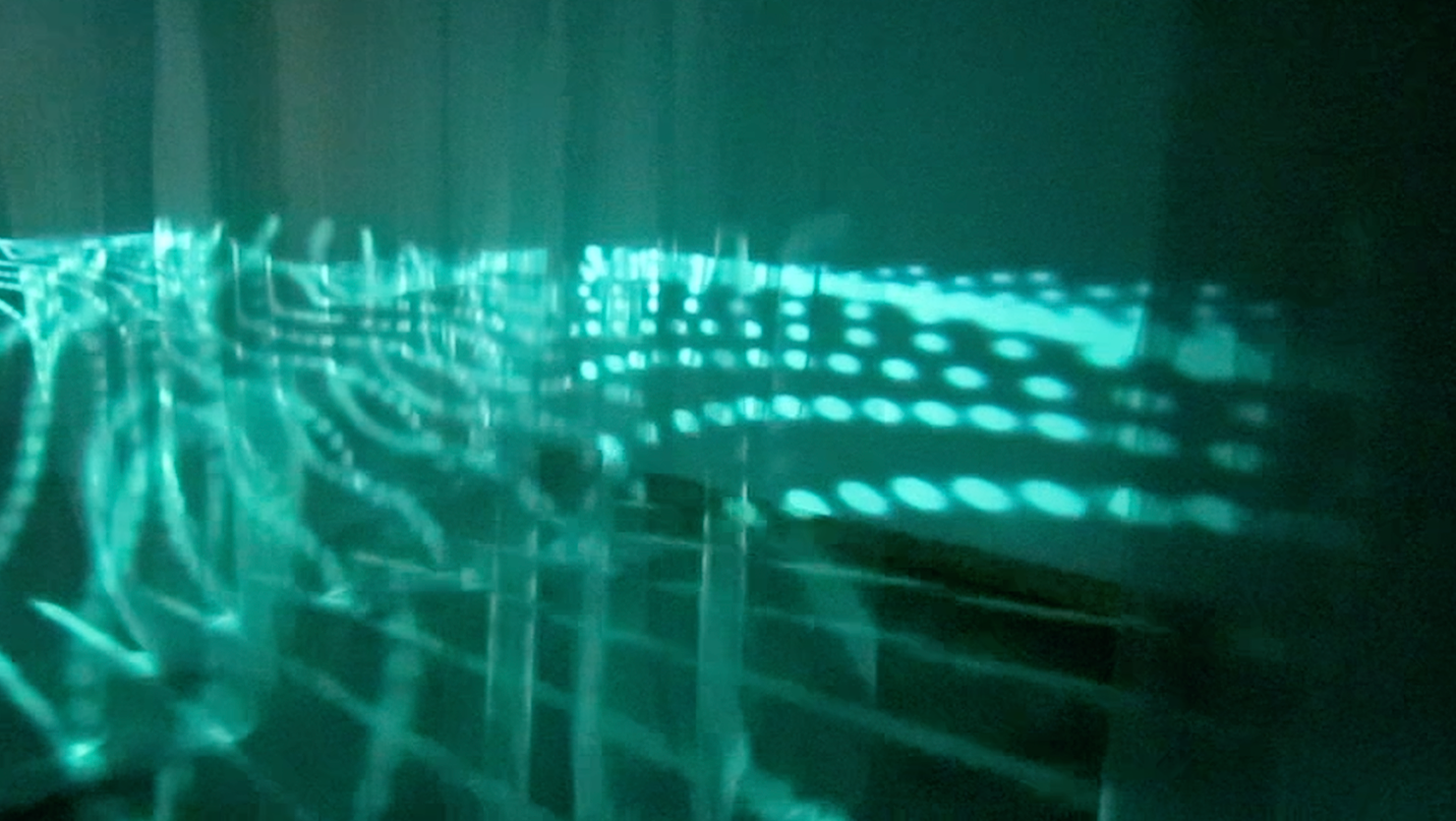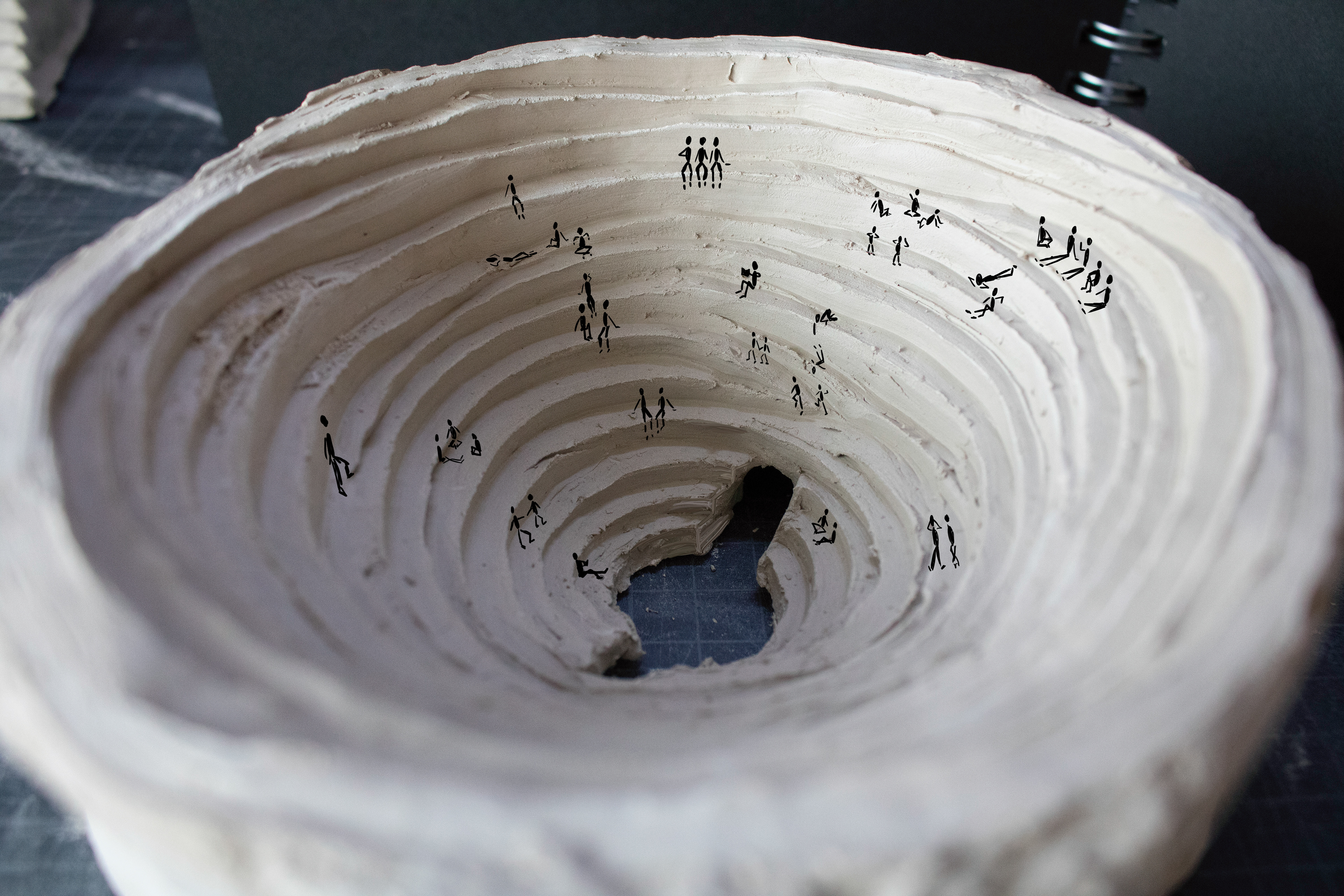
As capital human needs I understand: Nourishment (food and water), safety (shelter and lack of fear for one's life), sleep, each other (human connection) and novelty.
We need each other, not only in a logistical practical manner, but in an emotional and spiritual one. We have the need to see and to be seen, to feel recognised, to present ourselves, to form connections.
In the past, religious or communitarian events created the space for these kinds of needs. They gave us the security that often enough we would get together in a group, to greet each other, to hug, to sing together, to hold each other's hands, to be present in a shared space with a shared intention.
Nowadays this need seems to be fulfilled mostly online. There is an infinity of platforms where people go to connect, to see and to be seen. And still this need is never fully covered. There's a lack, there are senses that will be forever missing in that two-dimensional reality.
Plazas, parks, malls, theme parks, stadiums create togetherness feelings and emotions. All of these places help us fulfil that missing need, they all feel more alive and enriching when there are things happening, when we are able to be part of their agenda. But still none of them are meant to connect. There are very few sheltered common spaces, togetherness temples to where we can go and just be, not to consume, not to have a previously defined intention, but to create our own, to be the content, and where human interaction is encouraged as the capital value proposition of the place.
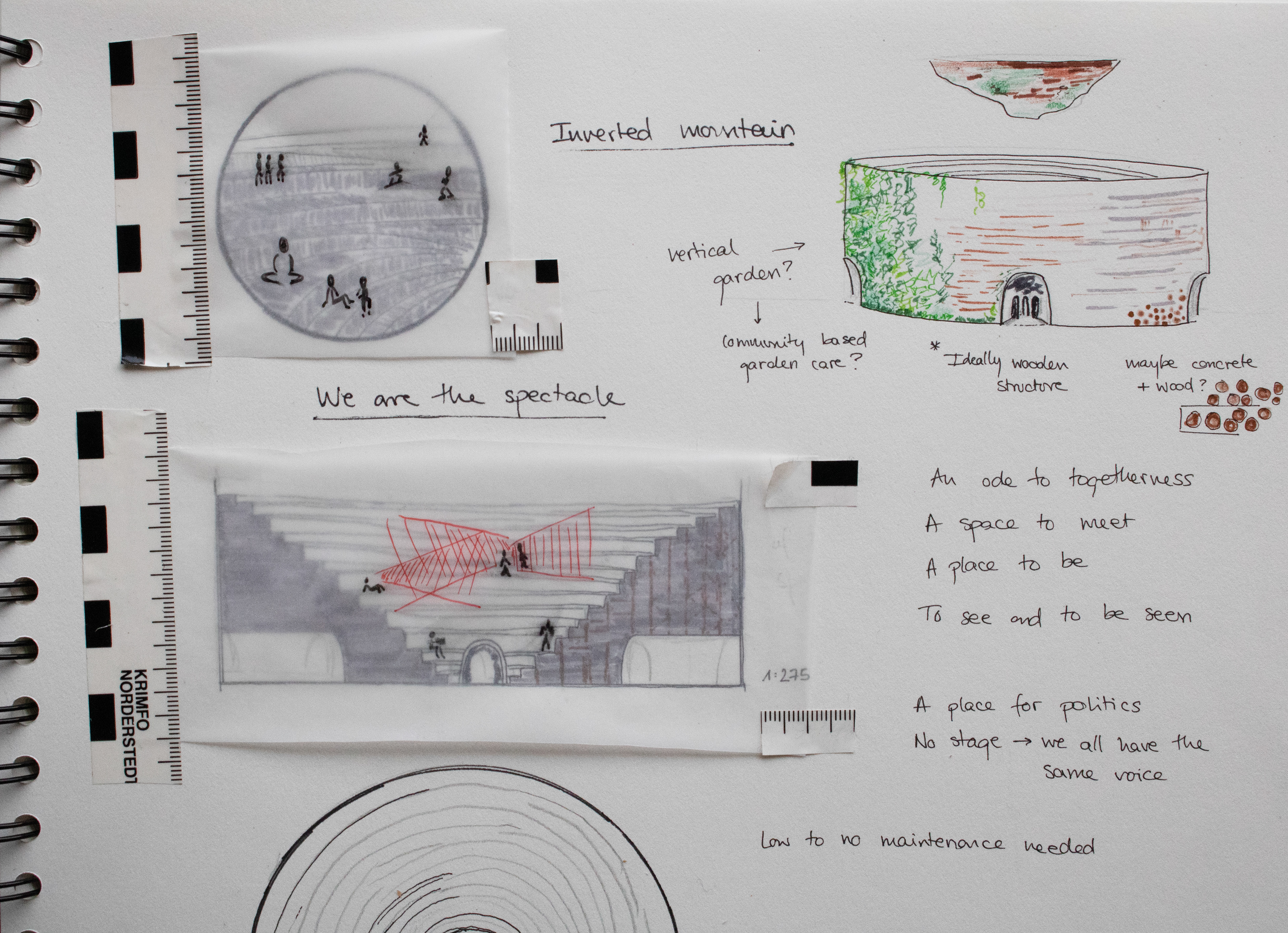

So this inverted mountain is a physical ode to this need. Created and intended as a space to go to see and to be seen as in the antique agoras or meeting spaces, where there was little competition to get our attention other than by other human beings directly. Designed inspired by coliseums, it ignores the need for a stage or any other element that might grab our attention. Whatever we the people do inside will be its content.
As a sort of oversimplified panopticon, being able to see everyone and potentially being observed at all times, will also change our behaviour inside of this structure. Although hard to measure, it has been already proven how much our behaviour changes in public spaces. We feel potential proximity with the people we share the space with, and even if there's no intention of interaction, we desire to be accepted. This leads us to behave accordingly to this desire.
Likely, this nest shaped infrastructure, will encourage us to be a 'likeable' version of ourselves, encouraging the space to be one of respect and responsibility. This community based responsibility will erase external supervision or regulation, keeping therefore the use of the space flexible
Likely, this nest shaped infrastructure, will encourage us to be a 'likeable' version of ourselves, encouraging the space to be one of respect and responsibility. This community based responsibility will erase external supervision or regulation, keeping therefore the use of the space flexible
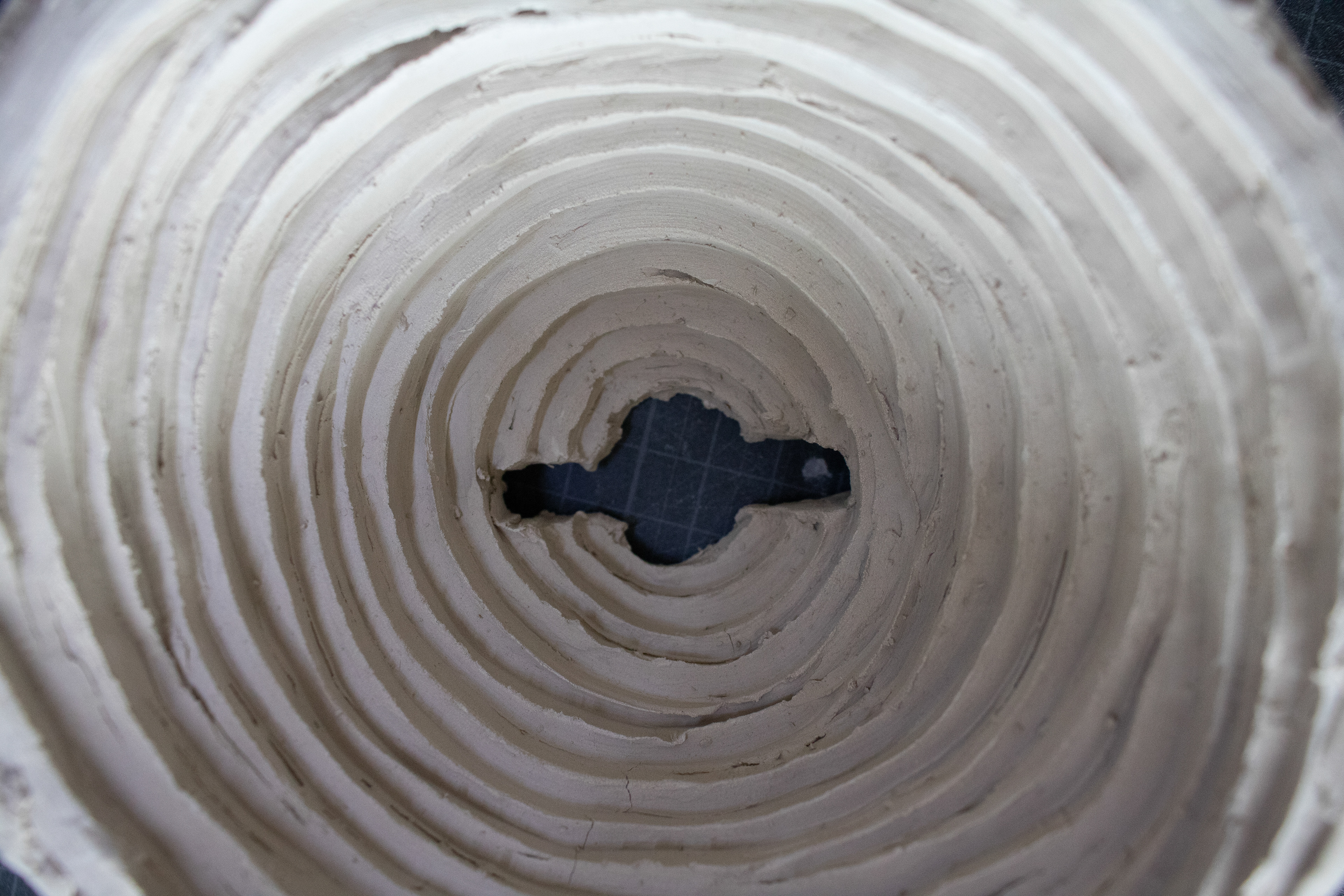
Even if mainly influenced by roman colosseums, the absence of a concentric geometry brings difference and with it the opportunity of choice, the possibility of taking different ways to go up or down the structure. The real-life 'danger' that is present in natural environments is also present in this Inverted Mountain, where different levels create areas for rest, easy climbing or a more challenging one, and areas in which to be careful and conscious on how one moves.
Right now this model is 16x17x6cm, and it might stay so, as a forever mind experiment of how this space could mould human interaction, or will be taken into reality in a permanent or temporal manner, to achieve an approximate height of 25m.
